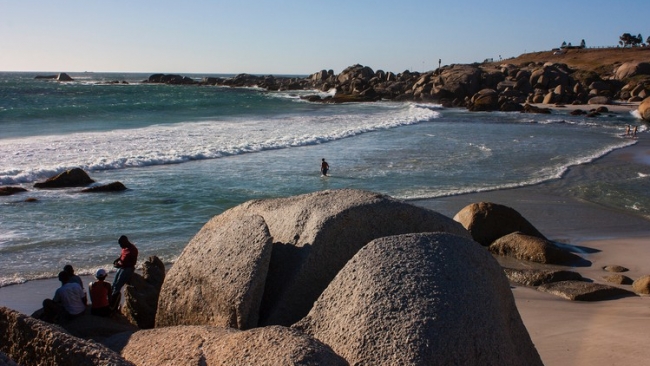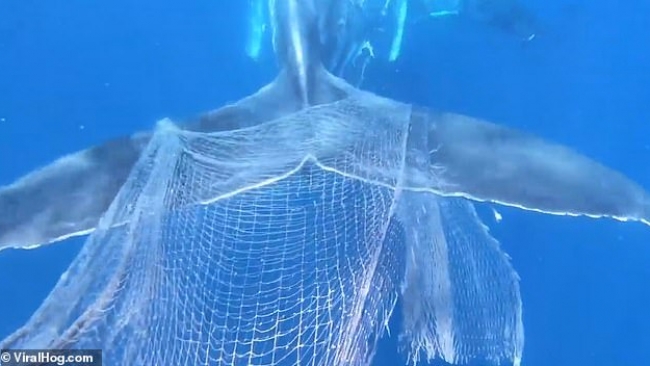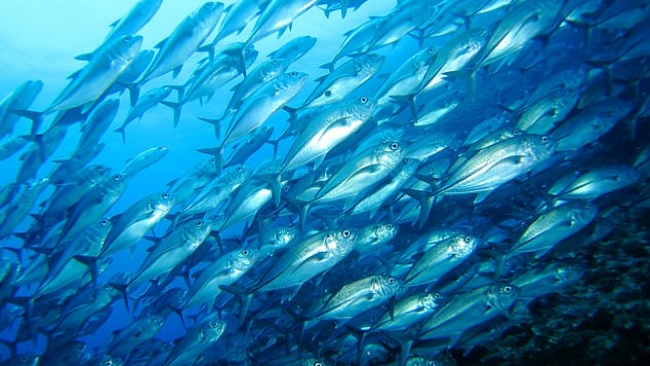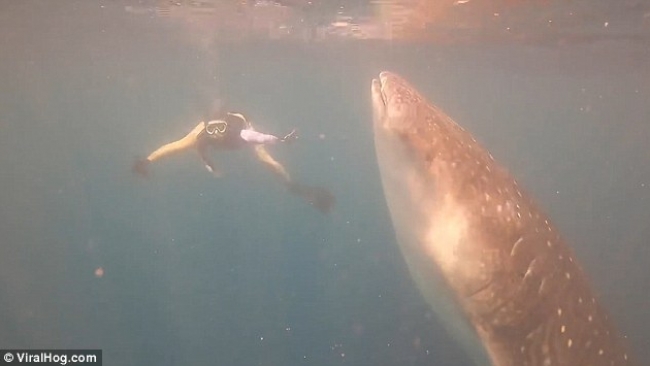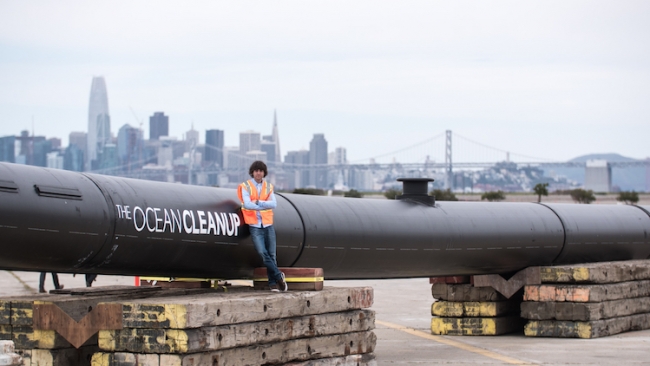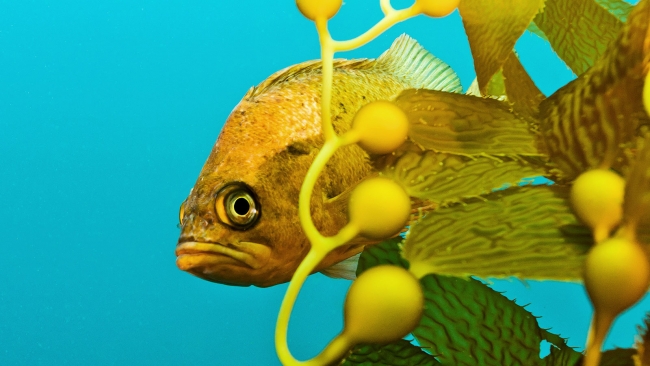Chemistry of sea spray particles linked for first time to formation process
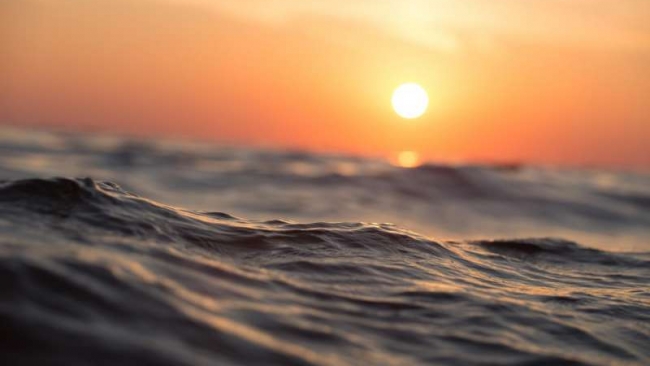
A team of researchers led by the University of California San Diego has identified for the first time what drives the observed differences in the chemical make-up of sea spray particles ejected from the ocean by breaking waves.
The discovery could enable researchers to better understand how ocean chemistry and physics directly influence cloud formation processes. The improved understanding could make climate models more accurate, especially since clouds are the hardest variable to portray in current simulations.
Kimberly Prather, Distinguished Chair in Atmospheric Chemistry and a faculty member in the Department of Chemistry and Biochemistry and Scripps Institution of Oceanography at UC San Diego, led the National Science Foundation-supported study. She said its key breakthrough involved showing that the drops sent airborne by breaking waves take on different chemical characteristics depending on the physical forces induced by the waves.
"It's the first time anyone has shown that drops from seawater have different composition due to the production mechanism," said Prather. "We are uncovering how ocean biology influences the physical production processes creating sea spray aerosol. Previous studies have focused on the processes involved in the physical production of sea sprays but our studies demonstrated that chemistry is at the heart of many ocean-atmosphere transfer processes that have profound impacts on the composition of our atmosphere as well as clouds and climate."
Source: Phys.org
Tue 20 Jun 2017 at 09:06
